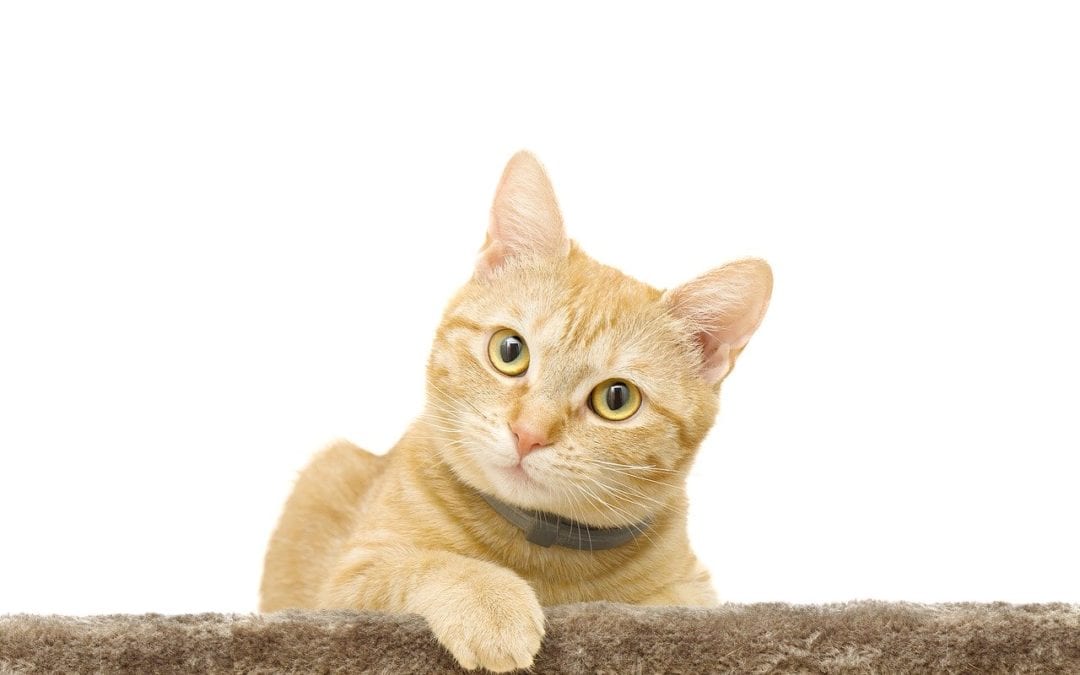Written by Farrell Campbell, DVM.
It might surprise some readers of this article that cats don’t brush their teeth. Although our feline companions are stereotypically fastidiously clean creatures, they seem to have not picked up the importance of dental hygiene. As a result, the majority of cats seen in veterinary practices suffer from a variety of dental ailments. All sarcasm aside, dental disease is consistently one of the top 5 medical problems Veterinarians diagnose in our feline patients. Some clinicians may even argue that dental disease is the number one ailment of cats. Of the many dental diseases that affect cats, tooth resorption is the most common condition. Tooth resorption is so common that greater than half of all cats older than three years old will have at least one tooth affected by resorption. The exact cause of tooth resorption is unknown, but theories supporting an autoimmune response, calicivirus and metabolic imbalances relating to calcium regulation have been proposed.
Tooth resorption lesions typically begin on the outside of the tooth where the gum meets the dental surface and the resorption may extend into the root, the crown or in both directions. There are five recognized stages of tooth resorption. Initially in stage 1 only an enamel defect is noted. The lesion is usually minimally sensitive because it has not entered the dentin. In stage 2, the lesion penetrates enamel and dentin. When resorption progresses into the pulp chamber (nerve) stage 3 has occurred. In stage 4, large amounts of the tooth’s hard structure have been destroyed. By the time stage 5 has occurred, most of the tooth has been resorbed, leaving only a bump covered by gum tissue.
An oral exam by your veterinarian is key to identifying this common ailment. Physical examination may show localized or generalized gingivitis (gum inflammation) which can be suggestive of the presence of tooth resorption. Tooth resorption lesions may not be visible due to presence of calculus (tartar) or may be located subgingivally (under the gums). Tooth resorption may be diagnosed by visualization or exploring with a dental explorer. Chattering of the jaw, due to discomfort, may sometimes occur when a resorptive lesion is probed, but this can occur whenever dentin is exposed. Therefore, a definitive diagnosis of tooth resorption is best established with both probing and dental radiographs (X-rays) which allows the clinician to evaluate the root structure of suspicious teeth.
Besides knowing that tooth resorption is extremely common in cats, it’s also important to realize that this disease is painful. Cats are very careful not to demonstrate pain. Signs of pain can be very subtle in cats with this condition. You might notice more calculus in specific areas of the mouth, gingival inflammation (possibly the only sign), increased salivation or changes in food preferences. Owners typically fail to realize their cat is in pain until after they experience behavioral changes (happier and more playful cats) subsequent to treatment for these resorbing teeth.
The best treatment for tooth resorption is dental extraction. Unfortunately, this is easier stated, than performed. These teeth are fragile and usually fracture during extraction. Dental radiographs are essential for extracting these teeth because they help the Veterinarian find fractured root fragments. The entire tooth should be removed to avoid infection or other problems.
Farrell Campbell, DVM is a Vermont native who spent a year in California interning at California Veterinary Specialists. Dr. Campbell had direct involvement with specialty services including internal medicine, surgery, cardiology, radiology, ophthalmology, medical oncology, and radiation oncology. She obtained her Veterinary Medical Degree from Cornell University and is on staff at Riverside Veterinary Care & Dental Services. www.RiversideVetCare.com

